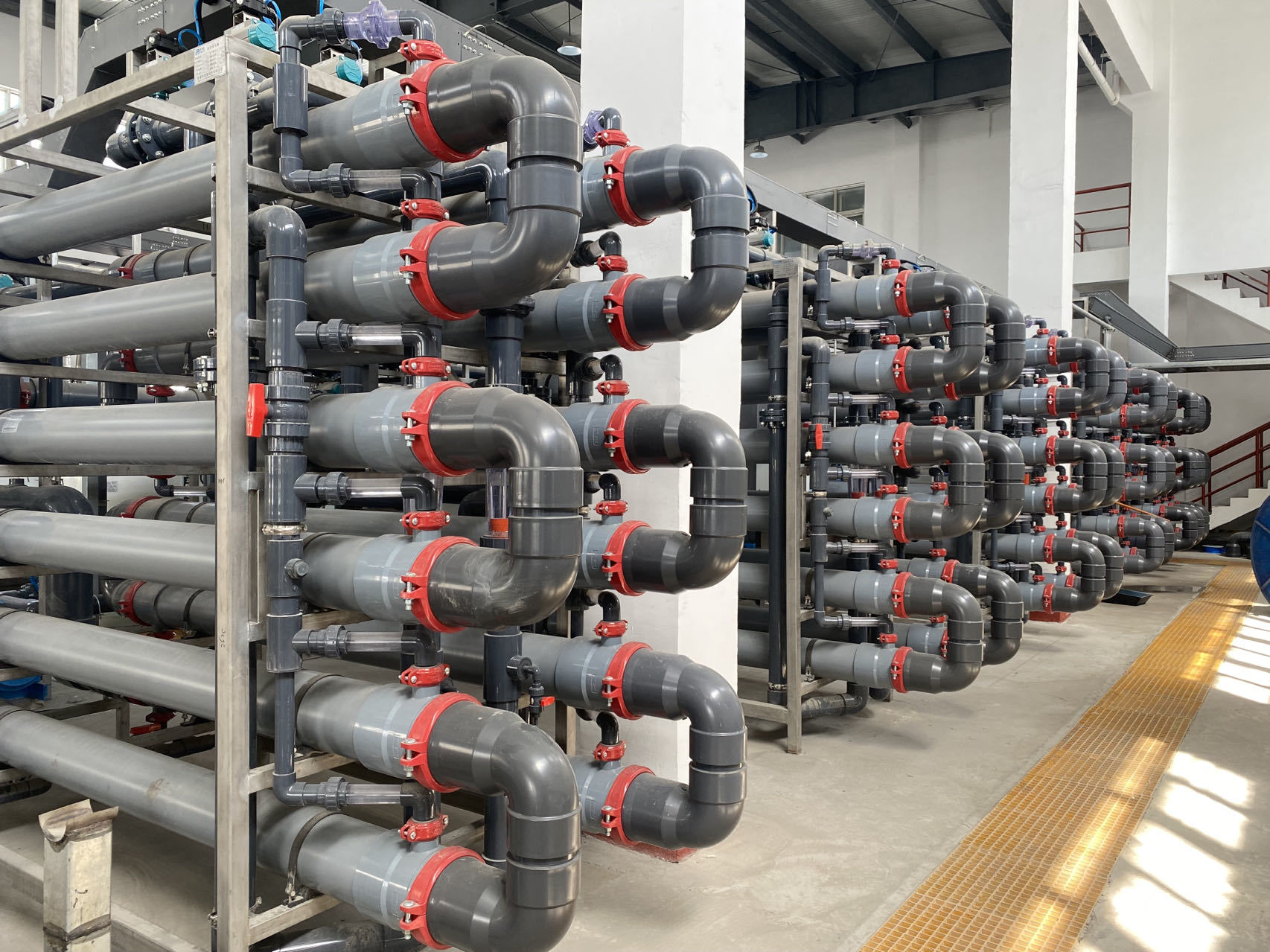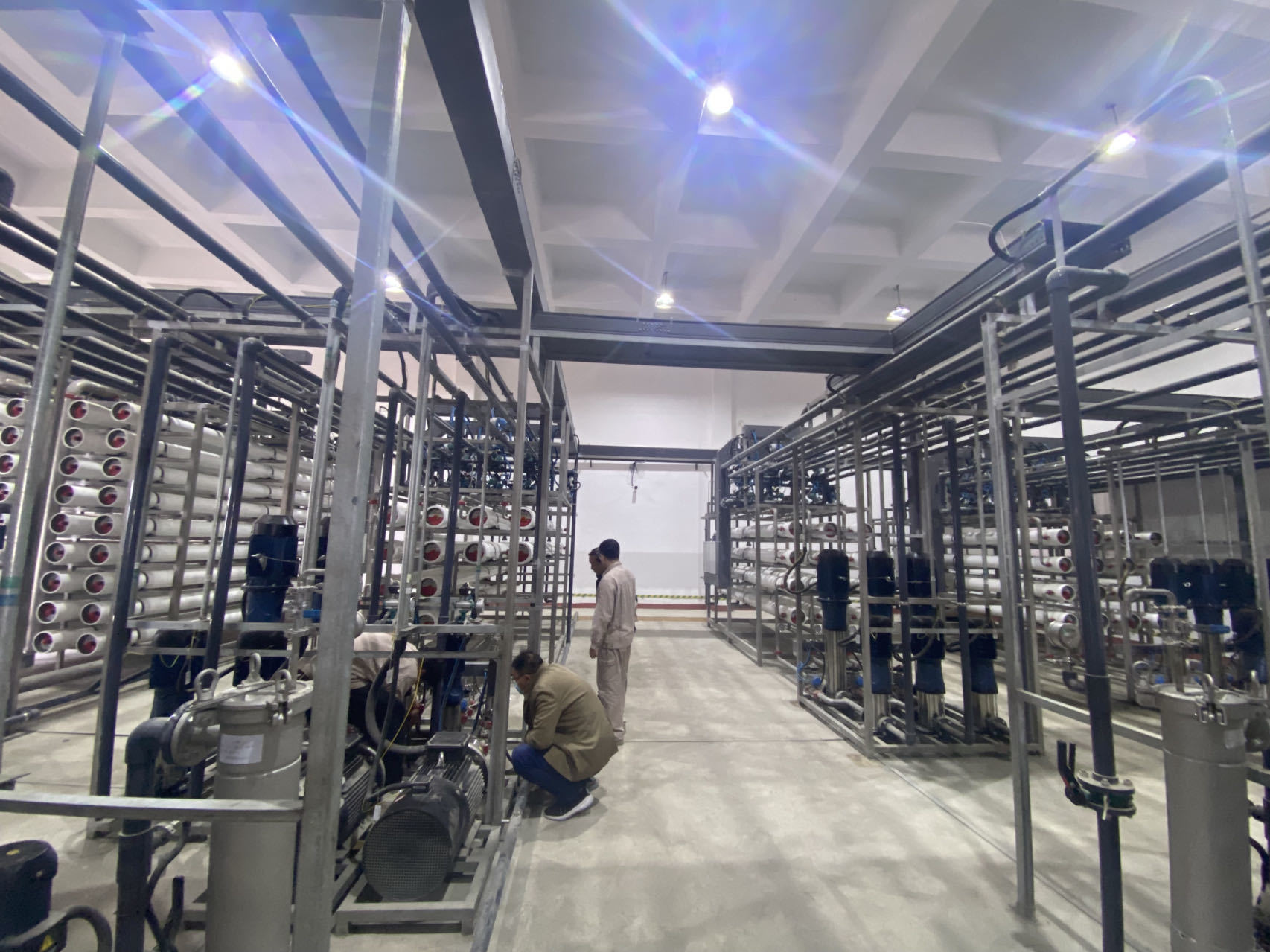 Esperanto
Esperanto
 Shqiptare
Shqiptare
 Euskara
Euskara
 Zulu
Zulu
 Latinus
Latinus
 Cymraeg
Cymraeg
 தமிழ்
தமிழ்
 Slovak
Slovak
 Slovak
Slovak
 Afrikaans
Afrikaans

Application
Chemical plant
Release time: 2022-05-09
It mainly involves the treatment and reuse of Chemical plant wastewater
Organic wastewater:
mainly from coal gasification process wastewater, domestic sewage, etc. It is characterized by low salt content and COD as the main pollutant. Biochemical process treatment.
High-salt wastewater:
mainly from gas washing wastewater, circulating water system drainage, chemical water station drainage, etc. in the production process. It also includes the organic wastewater after biochemical treatment, which is mainly characterized by high salt content, the main pollutant is salt content (TDS), and some wastewater also contains refractory organic matter. The treatment methods currently only used in China are evaporation crystallization, incineration, ash flushing, natural evaporation, and deep well perfusion in foreign countries.
PLUM adopts PEK tubular membrane softening, intelligent reverse osmosis, nanofiltration membrane salt separation technology, evaporation crystallization and other means, combined with the characteristics of Chemical plant wastewater treatment, the final products are sodium sulfate and sodium chloride for resource utilization. Through a combination of experiments, a special ultrafiltration membrane and nanofiltration membrane technology, which are self-developed and highly resistant to pollution, are used to separate sodium sulfate and sodium chloride solution, and then the wastewater is concentrated by reverse osmosis membrane technology to reduce the energy consumption of evaporation, and then through the reverse osmosis membrane technology. Evaporative crystallization technology to high-quality sodium sulfate and sodium chloride products, meet industrial salt standards.


150m³/h Coal

Recommended product
 Hefei-Anhui-China
Hefei-Anhui-China +8618226169015
+8618226169015 haoyangyu@plummembranes.com
haoyangyu@plummembranes.com







 haoyangyu@plummembranes.com
haoyangyu@plummembranes.com
 8618226169015
8618226169015
 Message
Message
